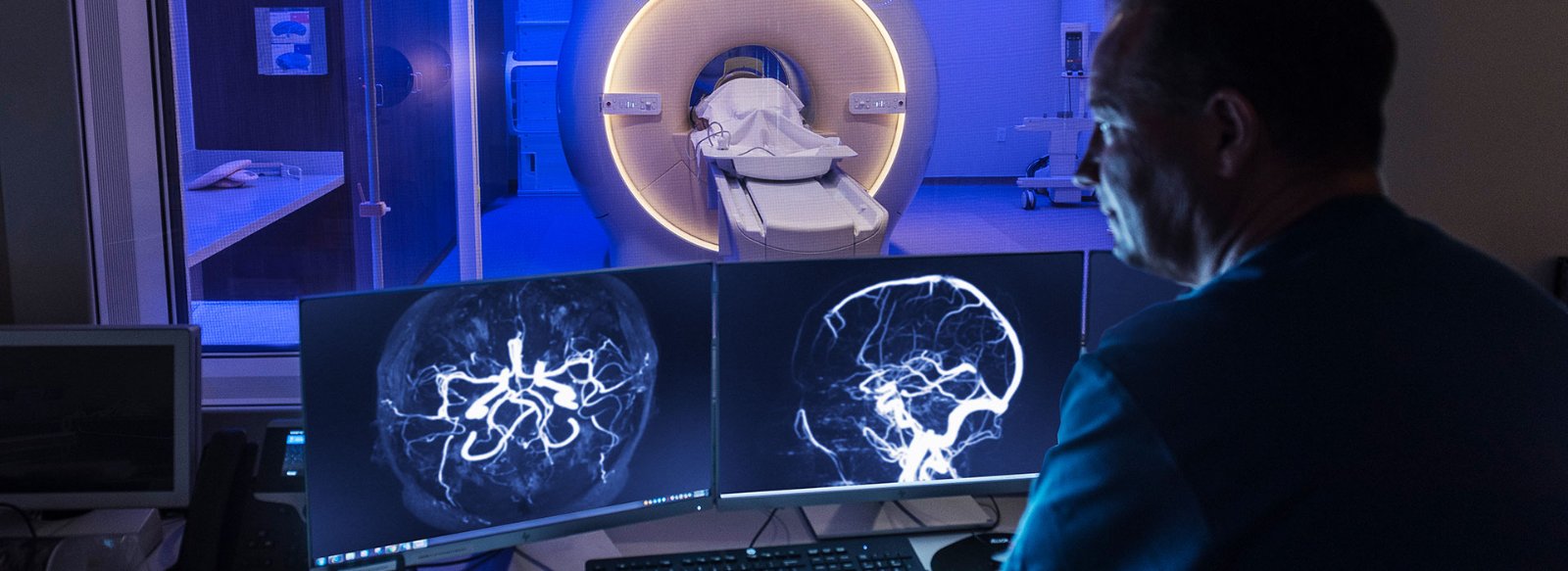
Community Regional Medical Center is home to the Table Mountain Rancheria Trauma Center — the only Level I Trauma Center between Los Angeles and Sacramento. Our designation as a Level I Trauma Center means we’ve achieved the highest distinction verified by the American College of Surgeons.
We use a team approach to caring for patients which includes 24-hour, in-house surgical coverage by surgeons board certified in neurosurgery and vascular surgery, nurses, respiratory, physical and occupational therapists, social workers, dietitians, pharmacists and speech therapists.
Preventing Trauma is the First Step
The key to treating traumatic brain injury (TBI) — such as concussions or brain bleeds due to car crashes or slipping and falling — is to take steps to prevent it from happening in the first place.
We have a dedicated injury prevention outreach specialist on staff to provide information on how to avoid falls and distracted driving, plus how to help prevent blood loss in case of injury. These are just some of the topics covered through free courses and distributing information in the community.
Tests
To help diagnose a traumatic brain injury, your doctor may order a number of tests, including:
-
Magnetic resonance imaging (MRI). An MRI is a safe and painless test that uses radio waves and magnets to create a detailed view of the inside of the body.
-
Computerized tomography (CT) scan. A CT scan uses X-rays to create detailed images of the inside of the body.
-
Other tests, such as a digital subtraction angiogram.
Treatment
Most traumatic brain injuries are mild (e.g. a concussion) or moderate in severity and do not require surgery. These are managed by observation and rehabilitation.
However, some traumatic brain injuries do require surgery, of which there are many different procedures. Our neurosurgeons work with our trauma and other surgeons to determine the best course of treatment for you, taking into account your specific diagnosis and other factors to come up with an option that best fits your individual needs.
Generally, treatment may include:
-
Medication to prevent or treat brain swelling or seizures or to control bleeding.
-
Surgery to insert a device into the brain to monitor the pressure inside the head.
-
Opening the skull and removing blood clots (burr holes or craniotomy), sometimes removing a part of the skull to relieve pressure inside the head (craniectomy).
Brain Injury Support Group
After a brain injury, you may be looking for encouragement, education and socialization.
We can help with support groups led by professional counselors and health workers.

Understanding Traumatic Brain Injuries and Symptoms
We use cookies and other tools to optimize and enhance your experience on our website. View our Privacy Policy.

